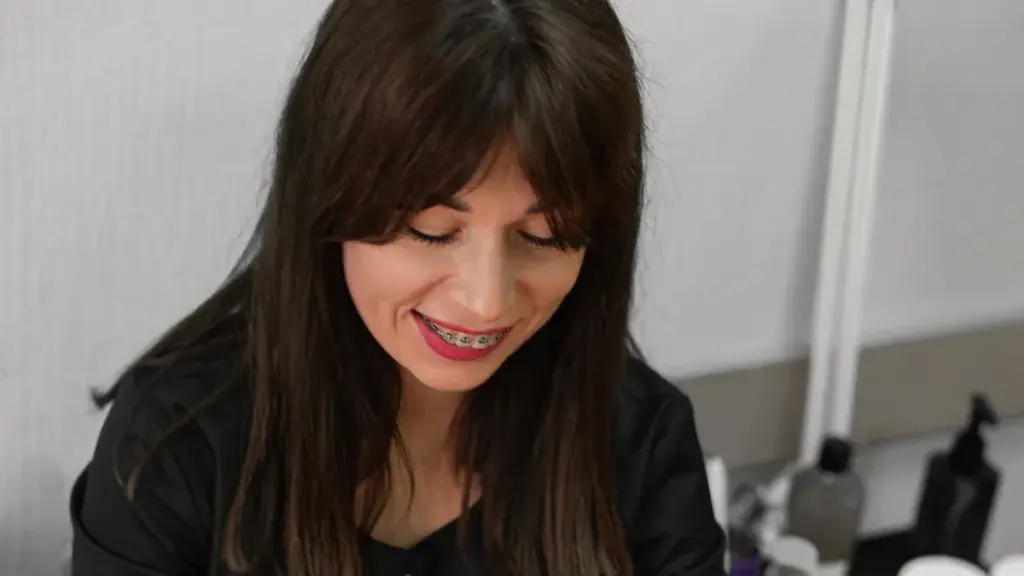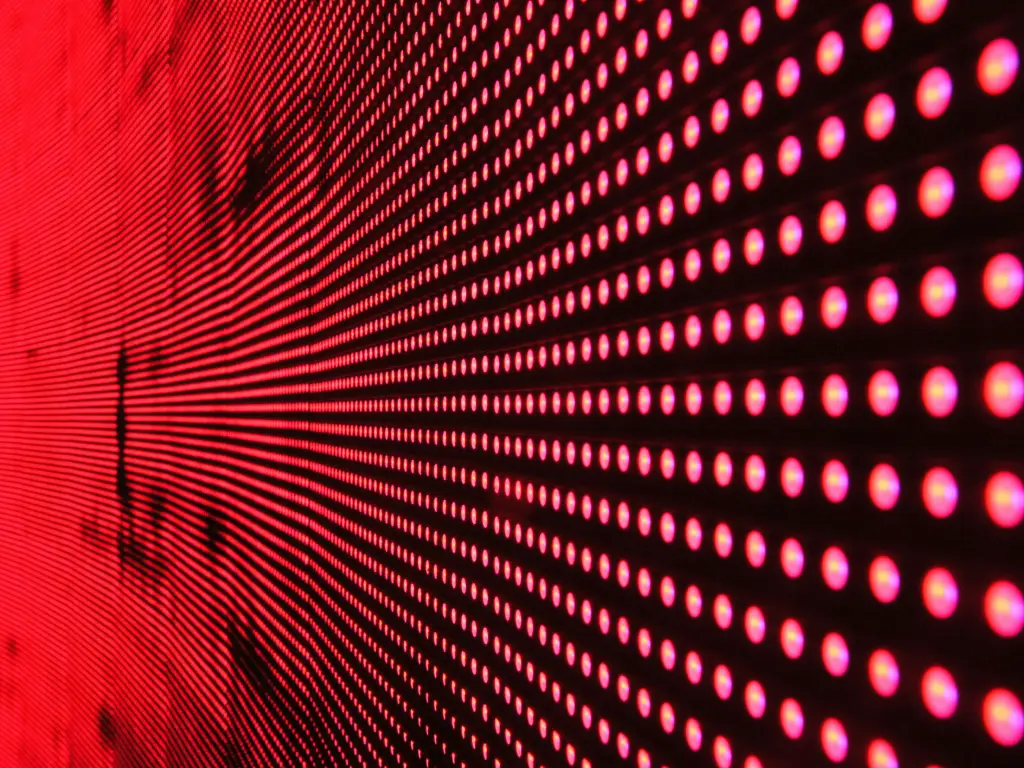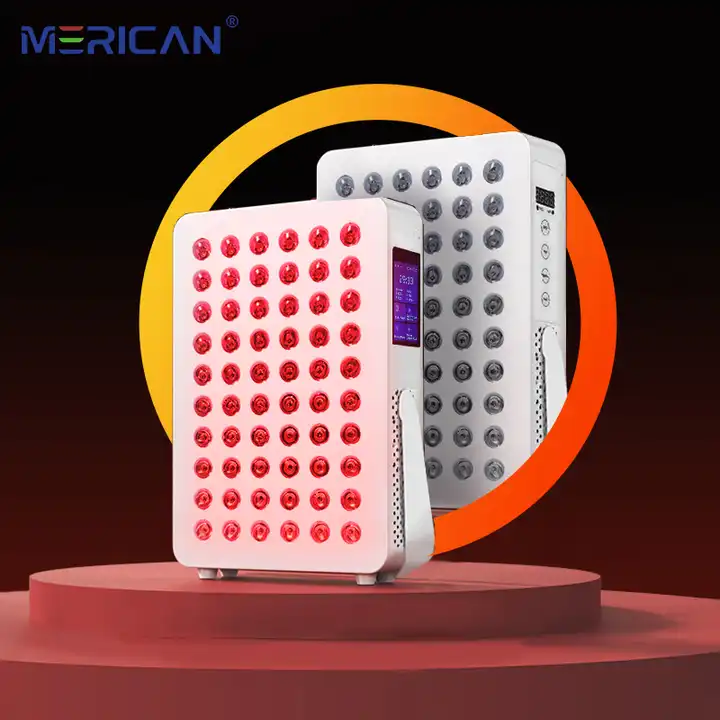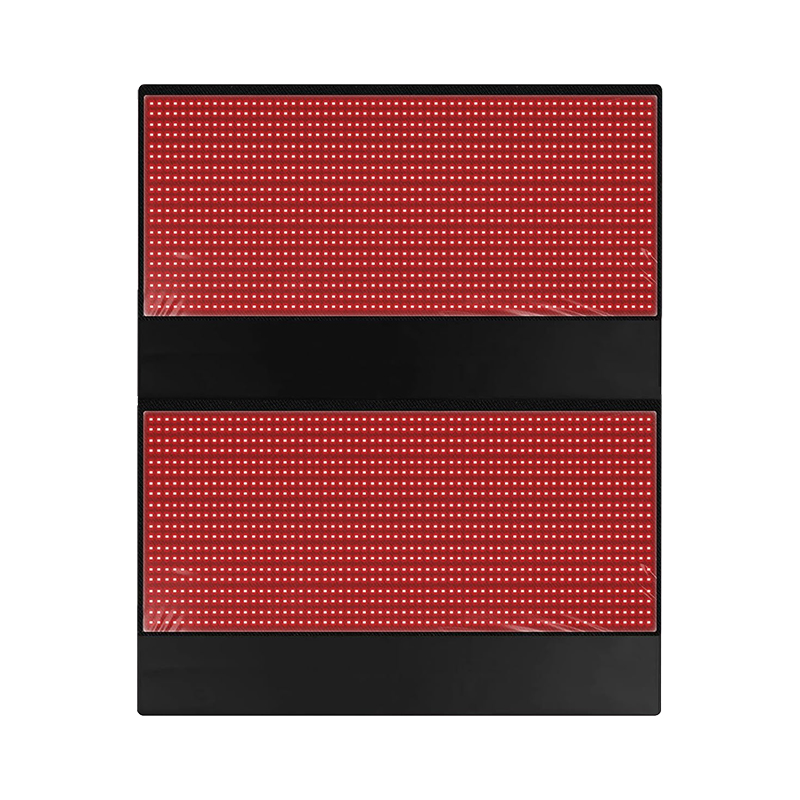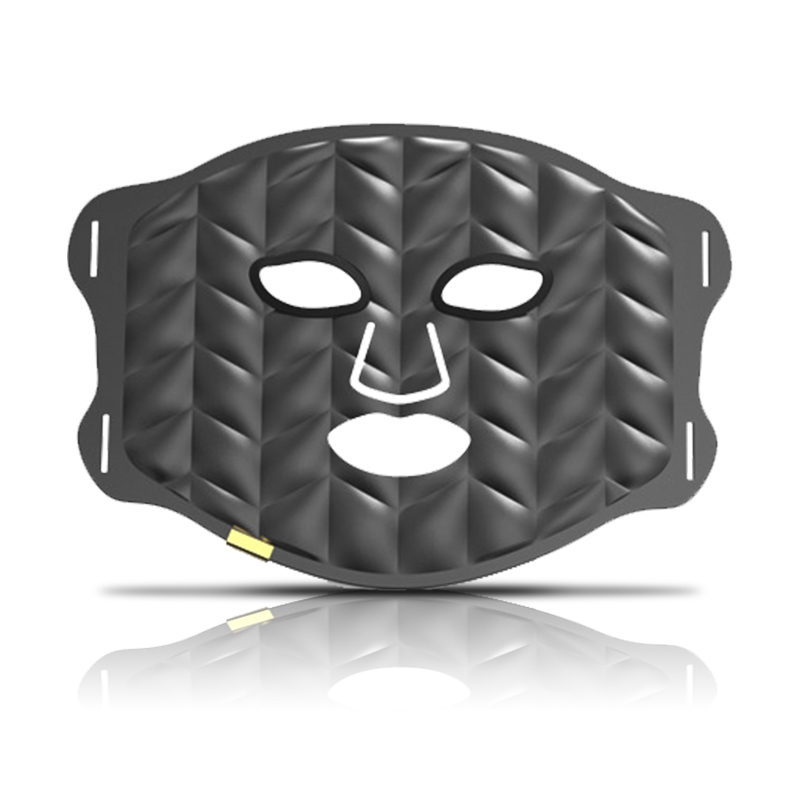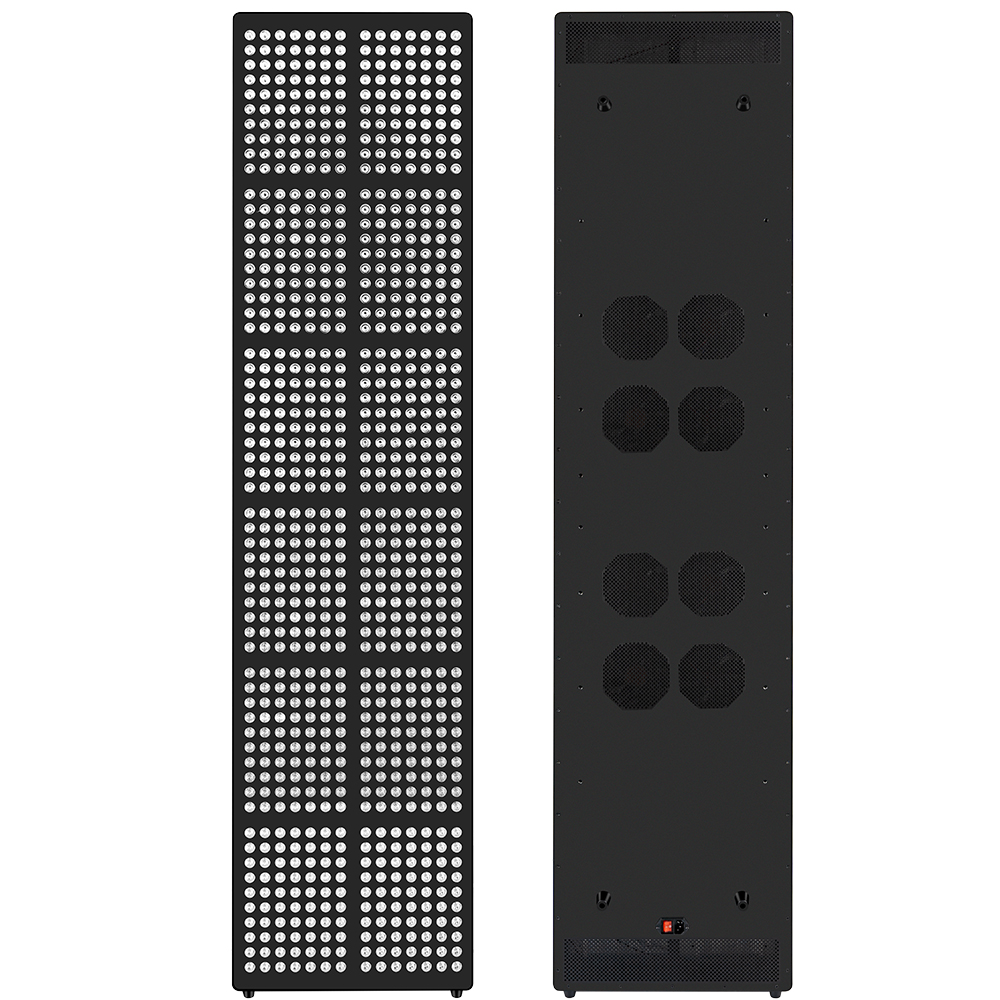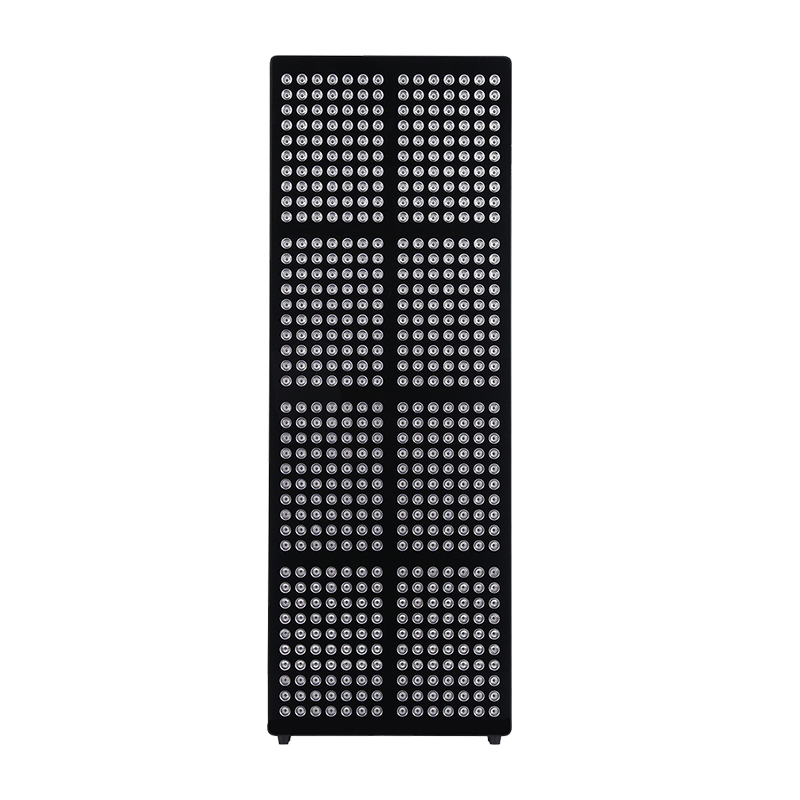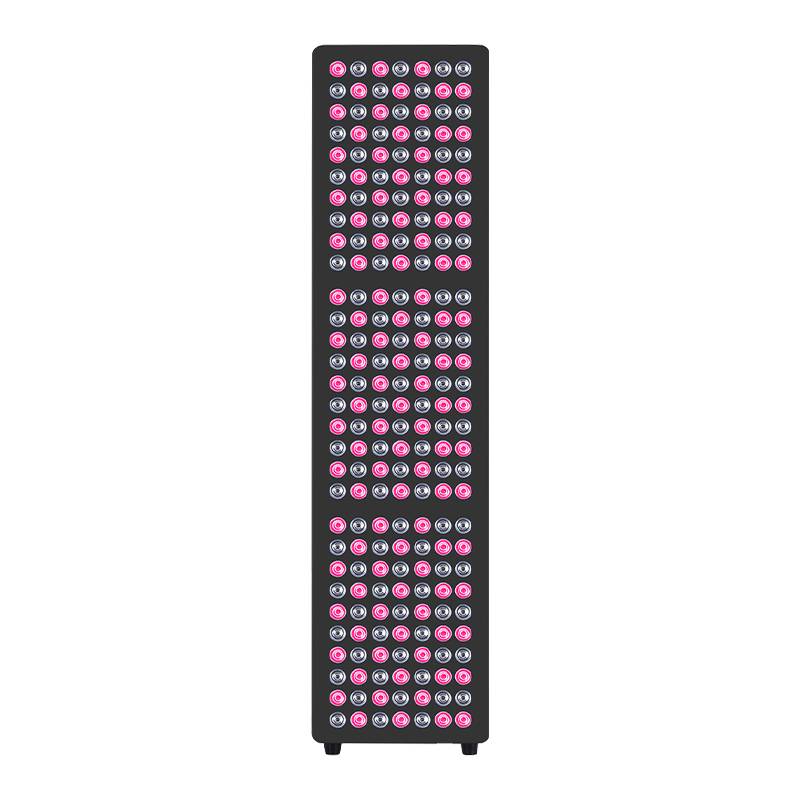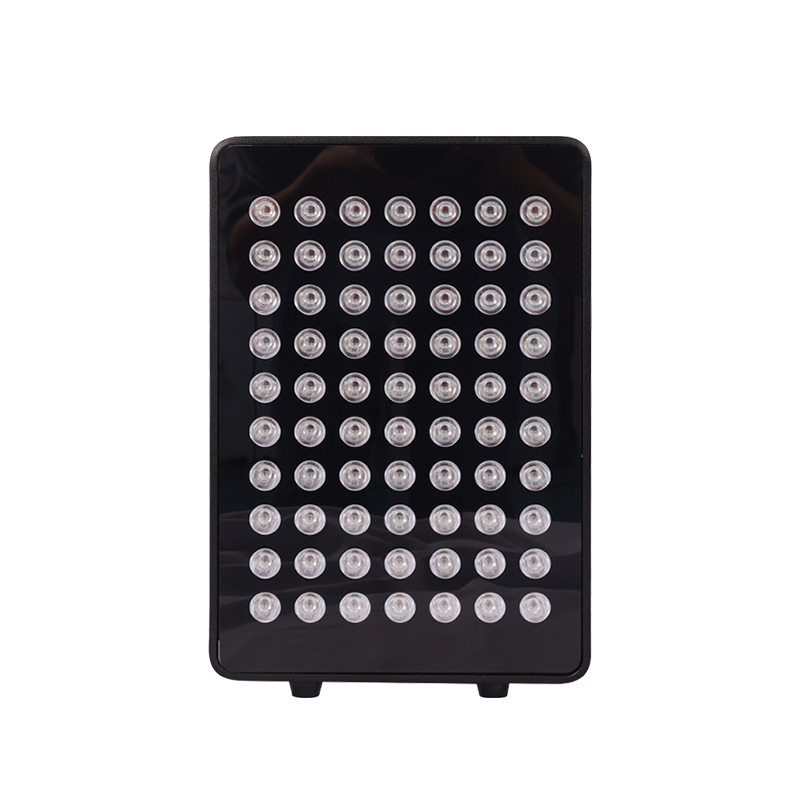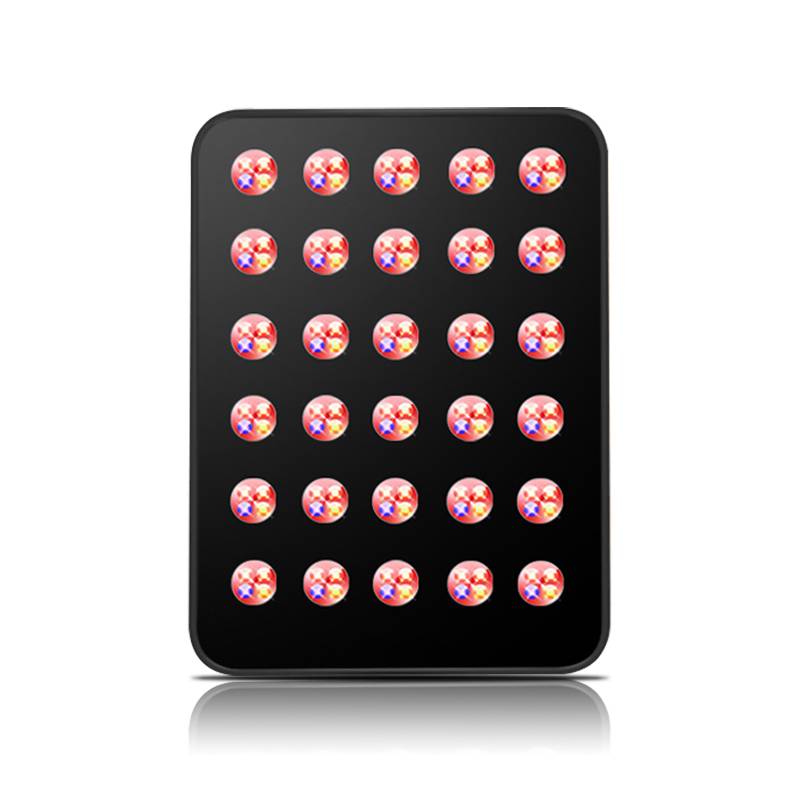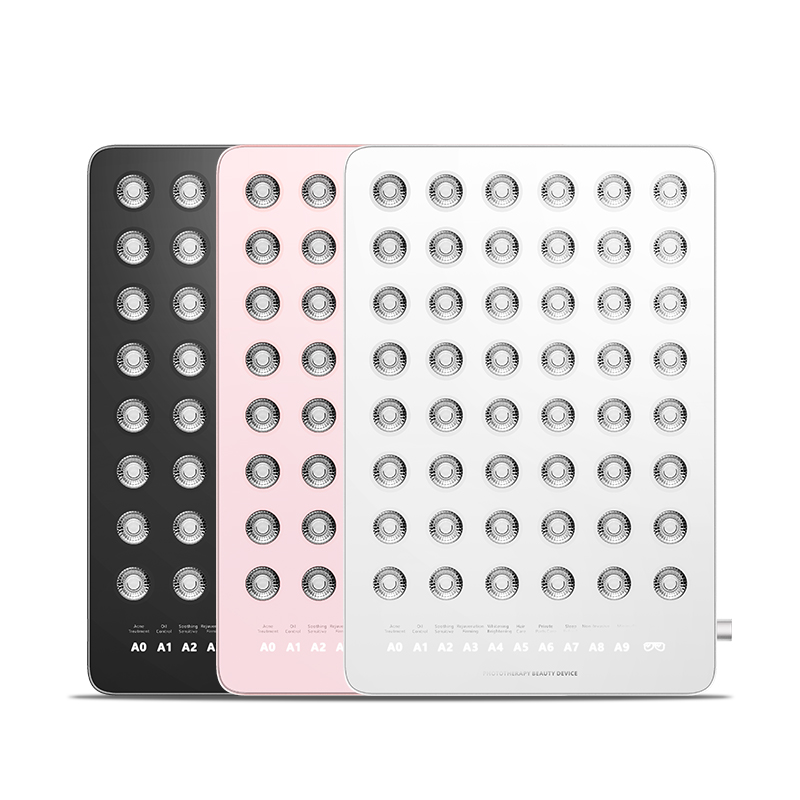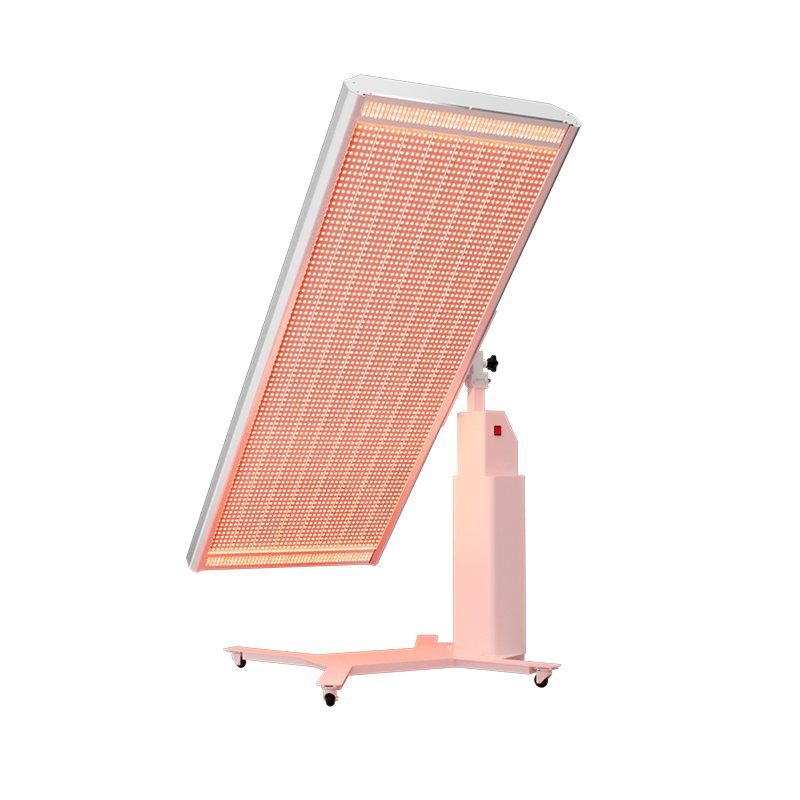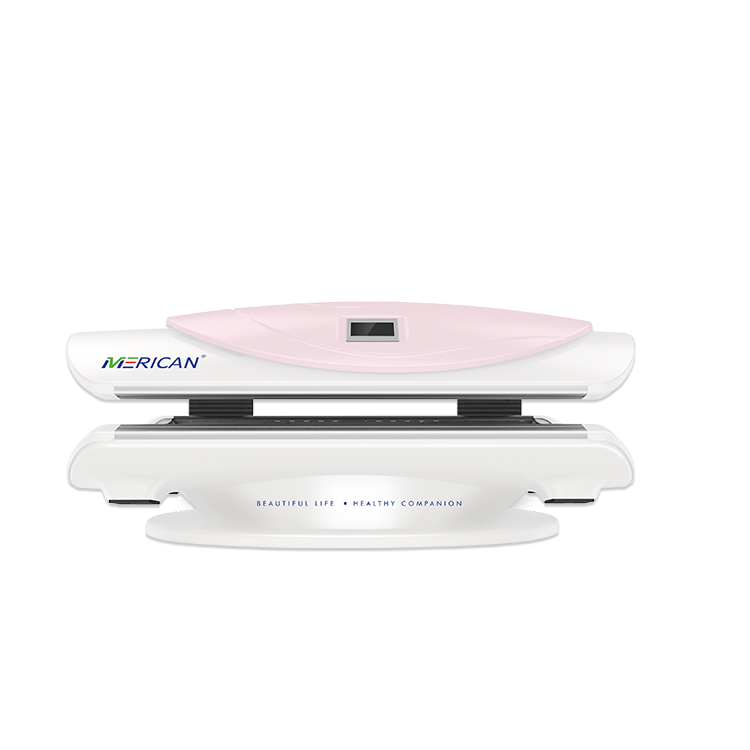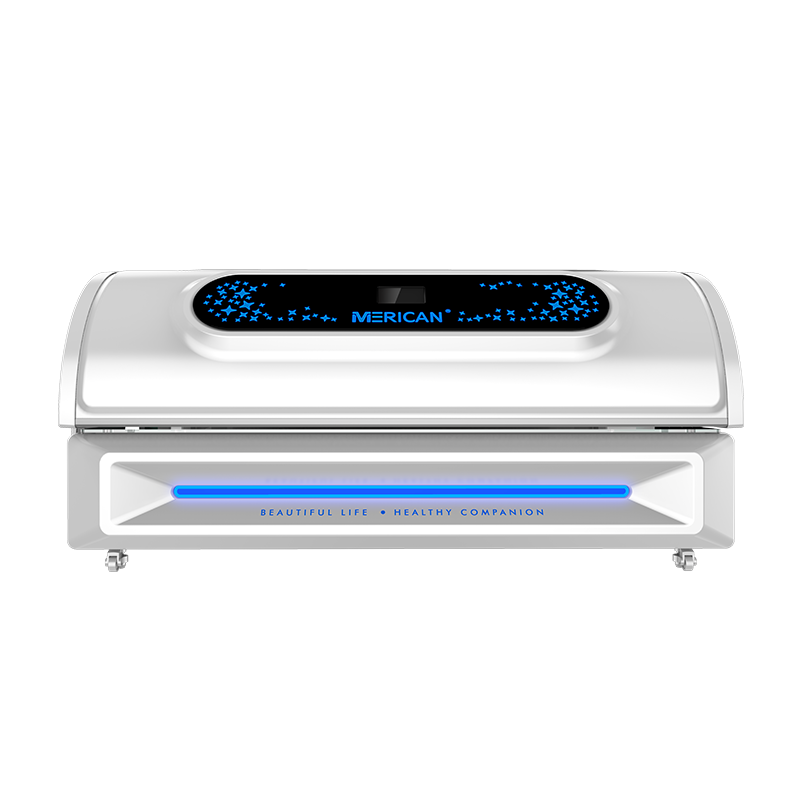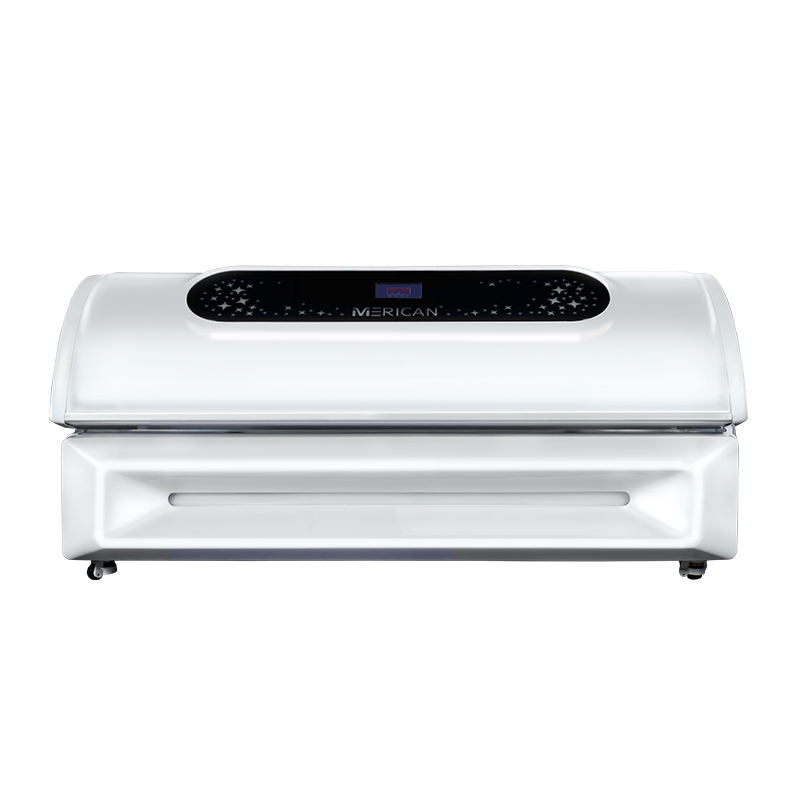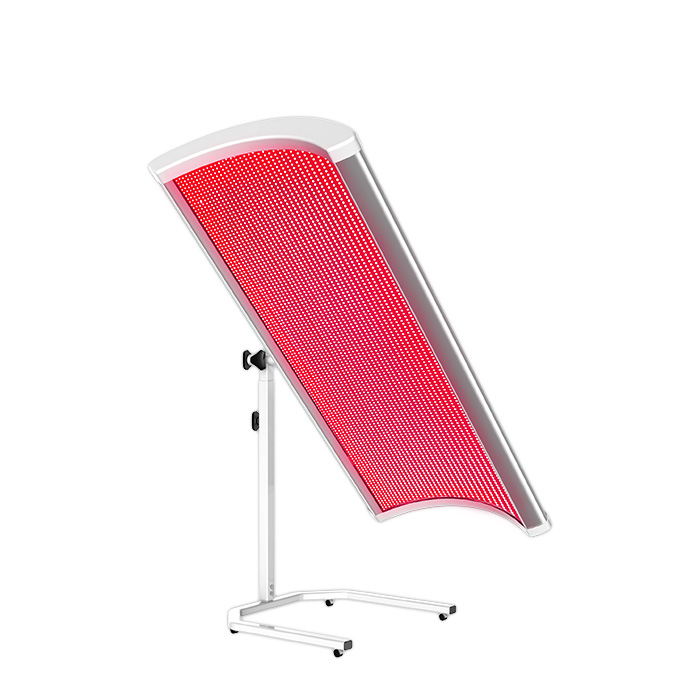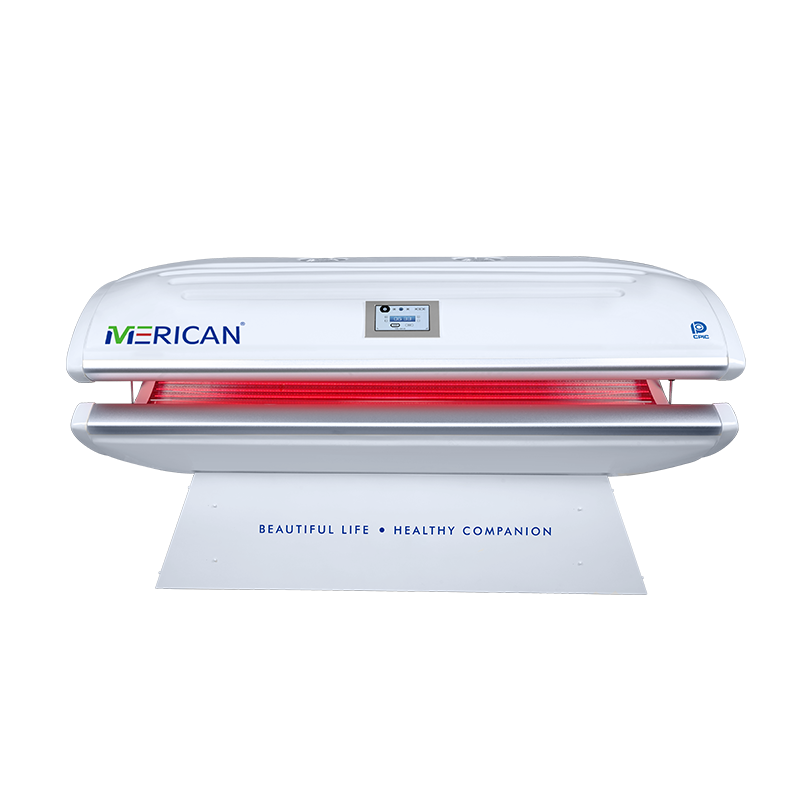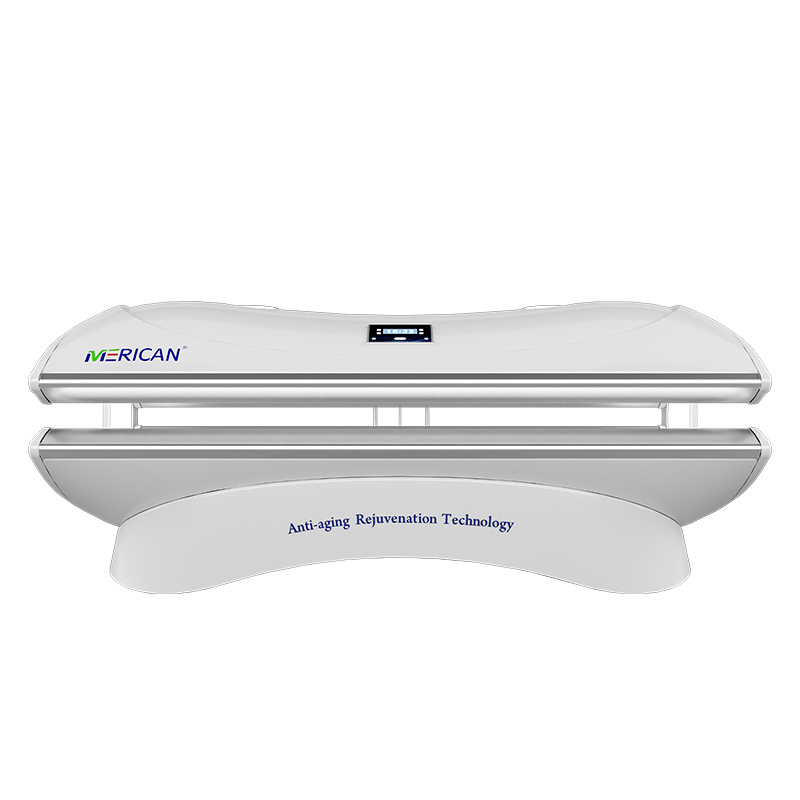Thérapie par la lumière rouge (RLT) montre un certain potentiel et une promesse dans le traitement de la dépression.
Ce qui suit est une analyse détaillée de la luminothérapie rouge dans le traitement de la dépression:
je. Principes de base de la thérapie rouge
La luminothérapie rouge est une méthode de traitement en utilisant de faibles niveaux de lumière rouge, dont la longueur d'onde se situe généralement entre 630 nm et 700 nm. Cette thérapie fonctionne de manière non invasive en irradiant la lumière dans le corps pour activer les mitochondries dans les cellules, qui à son tour favorise l'énergie cellulaire (ATP) production et autres effets biologiques.
Ii. Application de la thérapie léger rouge dans le traitement de la dépression
1、Amélioration de la fonction mitochondriale: La dysfonction mitochondriale est un aspect important de la pathogenèse de la dépression. L'irradiation des lumière rouge peut activer les mitochondries, augmenter leur activité de catalase, et promouvoir le métabolisme du sucre et la production d'ATP, Amélioration de la fonction cellulaire, Surtout la fonction des cellules nerveuses.
2、Effet anti-inflammatoire: La pathogenèse de la dépression est étroitement liée à la réponse inflammatoire. L'irradiation des lumière rouge peut réguler à la hausse les facteurs anti-inflammatoires pour éviter les réactions neuroinflammatoires, réduisant ainsi les symptômes dépressifs.
3、Modulation des neurotransmetteurs: Activité fonctionnelle réduite des neurotransmetteurs monoaminergiques (Par exemple, dopamine et 5-hydroxytryptamine) est considéré comme l'un des mécanismes pathogènes importants de la dépression. La luminothérapie rouge a été renforcée la transmission dopaminergique dans les régions du cerveau, améliorant ainsi les symptômes dépressifs.
4、Régulation des biorythmes: Les patients déprimés souffrent souvent de troubles biorythmiques, en particulier la dépression saisonnière. La lumière rouge inhibe la sécrétion de mélatonine et régule les rythmes circadiens, améliorant ainsi le sommeil et l'humeur.
Qu'est-ce que la dépression? Symptômes et traitement
Selon l'American Psychiatric Association, dépression, également connu sous le nom de trouble dépressif majeur ou de TDM, «Est une condition médicale courante et grave qui affecte ce que vous ressentez, la façon dont vous pensez et comment vous agissez ». Alors que beaucoup associent la condition à la tristesse, Il présente une multitude d'autres symptômes qui peuvent nuire de manière significative à la vie et au bien-être d'une personne. Certains d'entre eux incluent:
*Manque de motivation ou de perte d'intérêt pour les activités
*Troubles du sommeil (insomnie ou trop dormir)
*Irritabilité ou explosions en colère
*Manque d'énergie ou de fatigue extrême
*Manque d'appétit ou de consommation alimentaire accrue
*Anxiété ou agitation
*Sentiments de la valeur
*Difficulté à penser ou à se concentrer
*Pensées de mort ou de suicide
*Symptômes physiques inexpliqués (Des muscles et des articulations douloureux ou des maux de tête)
Le nombre et la gravité des symptômes peuvent varier d'un individu à l'autre. Le traitement typique de la dépression implique des médicaments (Il y a des centaines de médicaments utilisés pour traiter la condition, Et il peut prendre beaucoup d'essais et d'erreurs pour en trouver un qui fonctionne pour l'individu), thérapie (thérapie cognitivo-comportementale ou psychodynamique, par exemple), ou une combinaison des deux.
Peut-être que vous regardez la liste ci-dessus et pensez-vous, "Cela me ressemble". Ou peut-être avez-vous un diagnostic et vous cherchez un moyen efficace de compléter votre traitement actuel. Quelle que soit votre situation, C'est crucial de se lancer dans ce voyage avec votre médecin, Comme l'autodiagnostic et le traitement non surveillé peuvent avoir des conséquences désastreuses.
III. Études et preuves cliniques
Au cours des dernières années, De plus en plus d'études cliniques ont soutenu l'application de la luminothérapie rouge dans le traitement de la dépression. Par exemple, Une équipe de recherche de l'Université de la ville de Hong Kong a constaté que l'irradiation des lumière rouge peut activer les mitochondries et favoriser la synthèse cellulaire, qui est propice à la réparation et à la régénération des tissus endommagés, puis stimuler les tissus neuronaux à atteindre des fins thérapeutiques. En outre, Une étude menée par une équipe de la Wenzhou Medical University et du Zhejiang Key Laboratory of Neurology Research a également montré que l'irradiation de la lumière rouge peut améliorer le comportement de type dépression chez la souris.
Iv. Pourquoi utiliser la thérapie rouge?
Quand nous n'obtenons pas une lumière naturelle adéquate, il affecte chaque cellule et chaque processus dans notre corps. Les humains ont été faits pour utiliser la lumière du soleil pour une santé optimale. La lumière saine est essentielle à la fonction de chaque cellule, et un manque de lumière peut entraîner des maladies chroniques et une maladie.
Le manque de soleil est connu pour provoquer de l'anxiété et de la dépression car pas assez de soleil épuise la sérotonine du cerveau et les niveaux de dopamine, Et ces niveaux bas peuvent conduire à la désactivation des conditions d'humeur. Rester à l'intérieur pendant de longues périodes affecte le bien-être mental. En plus de la dépression et de l'anxiété cliniques, De faibles niveaux de sérotonine sont également associés à des troubles dépressifs comme le trouble affectif saisonnier (TRISTE), un type de trouble de l'humeur influencé par les heures de clarté du jour.
La thérapie par la lumière rouge peut spécifiquement:
- Augmenter les niveaux d'énergie lents
- Soutenir une humeur équilibrée
- Améliorer la clarté mentale et la confiance
- Améliorer la positivité générale, Et calme, et réduire l'anxiété
- Réduire la dépression saisonnière (TRISTE)
Alors que les dispositifs de thérapie rouge peuvent avoir ces avantages, Ils ne devraient jamais remplacer le travail par un professionnel de la santé mentale ou d'autres traitements d'anxiété, dépression, ou similaires.
En conclusion, Thérapie par la lumière rouge, En tant que méthode de traitement non invasive émergente, montre un certain potentiel et une promesse dans le traitement de la dépression. Avec l'approfondissement de la recherche et le développement continu de la technologie, On pense que cela apportera des avantages à des patients plus déprimés à l'avenir.

